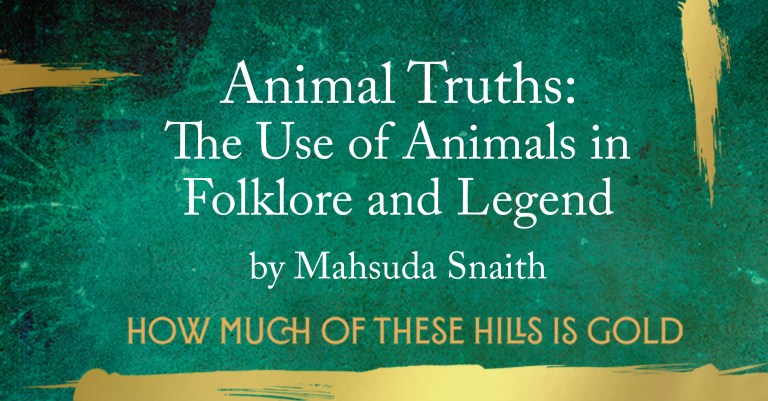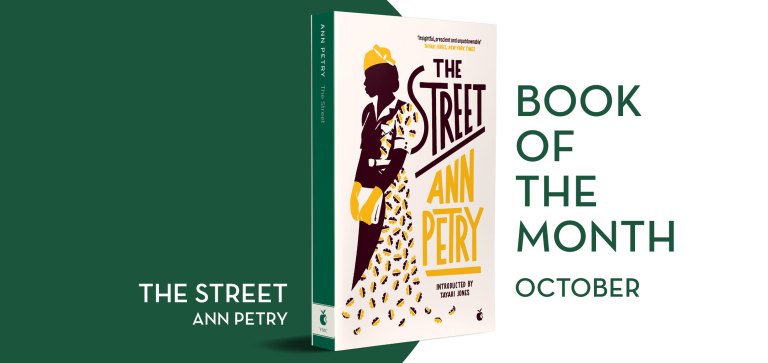For green fingered Viragos . . .
 The virtues of getting your hands dirty and growing something for yourself have long been extolled, but many of us just don’t know where to start. First published in 1995, The Virago Book of Women Gardeners is reissued this month in hardback.
The virtues of getting your hands dirty and growing something for yourself have long been extolled, but many of us just don’t know where to start. First published in 1995, The Virago Book of Women Gardeners is reissued this month in hardback.
Including gardening tips, inspiring ideas, and bold visions from writers including Stevie Smith, Edith Wharton and Elizabeth von Armin, this is the perfect companion no matter how experienced a gardener you are or what kind of green space you have. Here’s just a selection.
Advice to beginners
Many people who love flowers and wish to do some practical gardening are at their wit’s end to know what to do and how to begin. Like a person who is on skates for the first time, they feel that, what with the bright steel runners, and the slippery surface, and the sense of helplessness, there are more ways of tumbling about than of progressing safely in any one direction. And in gardening the beginner must feel this kind of perplexity and helplessness, and indeed there is a great deal to learn, only it is pleasant instead of perilous, and the many tumbles by the way only teach and do not hurt. The first few steps are perhaps the most difficult, and it is only when we know something of the subject and an eager beginner comes with questions that one sees how very many are the things that want knowing. . .
The real way is to try and learn a little from everybody and from every place. There is no royal road.
Gertrude Jekyll, 1899
Weeders and Diggers
No one who calls himself a gardener, or who would wish to do so, can avoid weeding. It is best to enjoy it, for it is a constant which will never go away, unless the scientists invent the infallible, toxic only to weeds, selective weedkiller. Most people grow to savour the way they have to slow down their pace to weed and the freedom it gives for untrammelled reflection. All that is only possible, however, if we feel we are ultimately getting somewhere rather than desperately fighting against stacked odds.
Fortunately there are ways of making weeding more enjoyable. I allot myself a small area, smaller than I am likely to have the energy for, and stake it out in my mind’s eye. I have learned not to go out imagining that, if the weather holds, I shall have the whole garden ‘done’ by teatime. I choose, if I can, that part of the garden in the sun, especially in the late winter when I need to feel the warmth of it on my back. I take out a trug basket and a ‘donkey’, the one for perennial and flowering or seeding annual weeds, the other for leafy annual weeds. I must say, with all the authority that I can muster, that putting perennial weeds on a compost heap is like sowing tares deliberately amongst wheat. The heat of the compost heap will never kill those roots so they must be burned on the fireheap or incinerator. I get pleasure from such perfectionism although I have been known, in a fit of absent- mindedness, to throw the string, secateurs, knife, and all the other contents of the trug onto the fireheap as well. A bucket will do equally as well as a trug.
Ursula Buchan, 1987
On Country Gardens
There is a dip in the rye- fields about half a mile from my garden gate, a little round hollow like a dimple, with water and reeds at the bottom, and a few water- loving trees and bushes on the shelving ground around. Here I have been nearly every morning lately, for it suits the mood I am in, and I like the narrow footpath to it through the rye, and I like its solitary dampness in a place where everything is parched, and when I am lying on the grass and look down I can see the reeds glistening greenly in the water, and when I look up I can see the rye- fringe brushing the sky. All sorts of beasts come and stare at me, and larks sing above me, and creeping things crawl over me, and stir in the long grass beside me; and here I bring my book, and read and dream away the profitable morning hours, to the accompaniment of the amorous croakings of innumerable frogs.
Thoreau has been my companion for some days past, it having struck me as more appropriate to bring him out to a pond than to read him, as was hitherto my habit, on Sunday mornings in the garden. He is a person who loves the open air, and will refuse to give you much pleasure if you try to read him amid the pomp and circumstance of upholstery; but out in the sun, and especially by this pond, he is delightful, and we spend the happiest hours together, he making statements, and I either agreeing heartily, or just laughing and reserving my opinion till I shall have more ripely considered the thing.
Elizabeth von Arnim, 1899
Townspeople
The overall character of a town garden is determined by two basic design principles: it is either an extension of the rooms of the house . . . or an illusion of country come to town . . . Many gardens contain elements of both, but to be successful, one kind of design should dominate. Personal inclination – the pull towards formality or romanticism – will be the deciding factor, modified by the requirements of daily use.
~
Whether you settle for romanticism or geometry, or a combination of both, one further general point should be borne in mind. This is the question of scale: the furnishings of the garden – trees, shrubs, sculpture, etc. – should not dwarf the house or garden, nor should they be so small as to look insignificant.
Susan Jellicoe, 1977
The Virago Book of Women Gardeners, edited by Deborah Kellaway, is out in hardback on 1st September.







